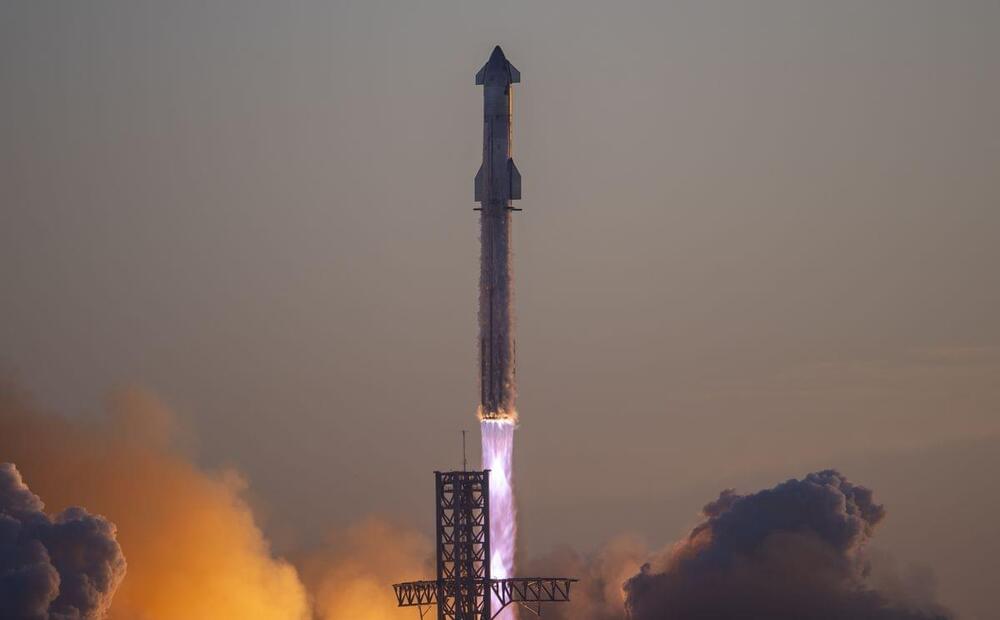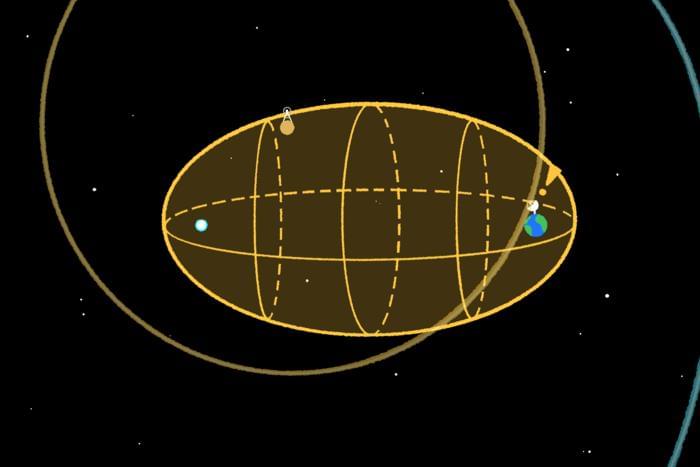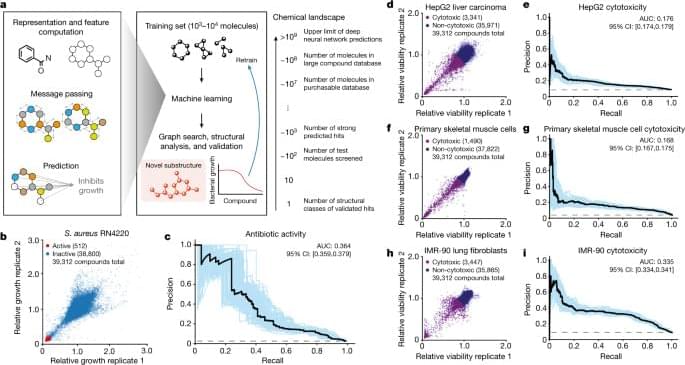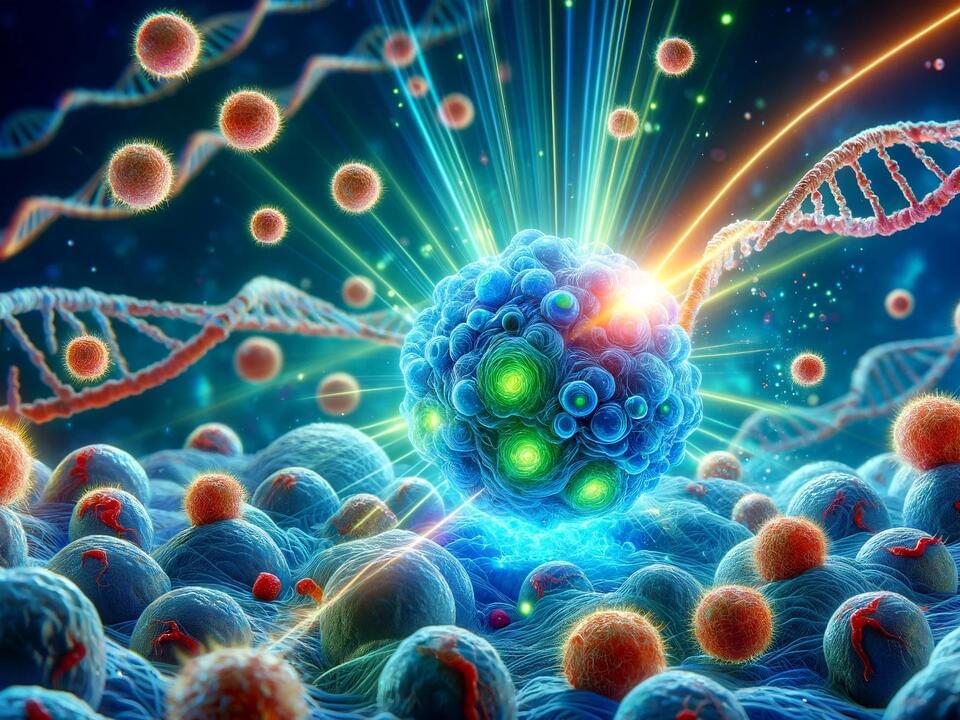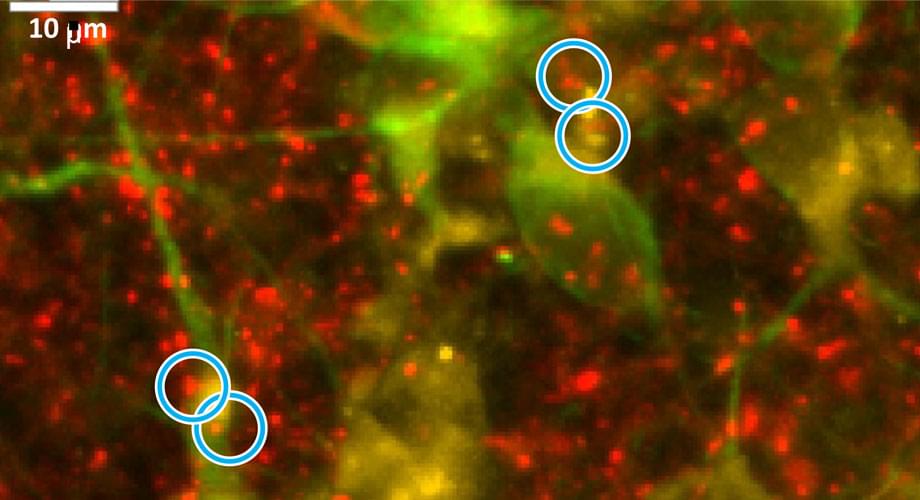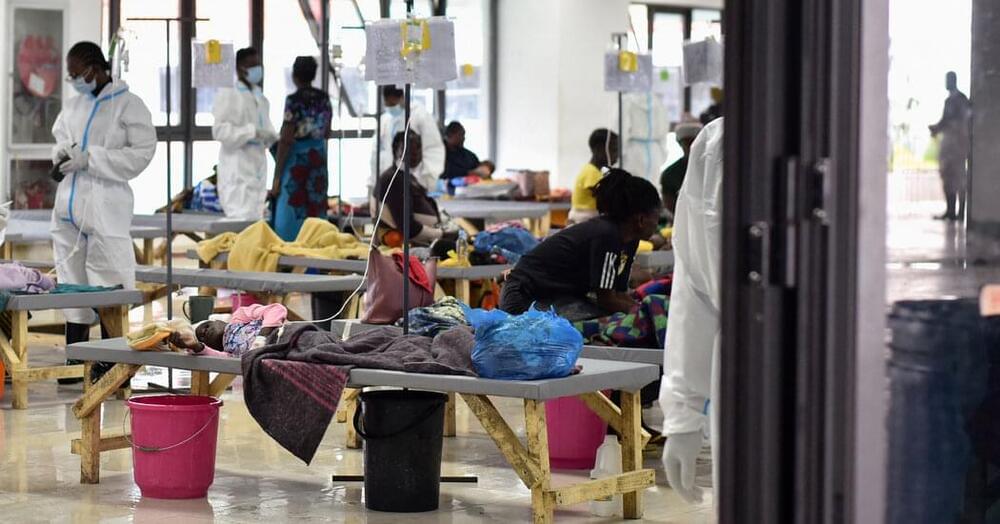Feb 13, 2024
Rhodopsin: From Light into Medicine
Posted by Quinn Sena in categories: biotech/medical, innovation
Rhodopsin can kill cancer cells keeping the surrounding cells healthy 😤
Considerable time and funding are required in development of new medicines necessary for otherwise untreatable illnesses. Professor Yuki SUDO of Okayama University seeks an innovative form of treatment using rhodopsin, a protein with light-reactive qualities. By extracting it and artificially inserting it into affected cells, it could treat illness simply by exposure to a specific type of light. He has succeeded in using rhodopsin to eliminate cells from cancer, the first such accomplishment ever achieved in the world. In this episode, we introduce the research toward a “light switch” to cure disease.


